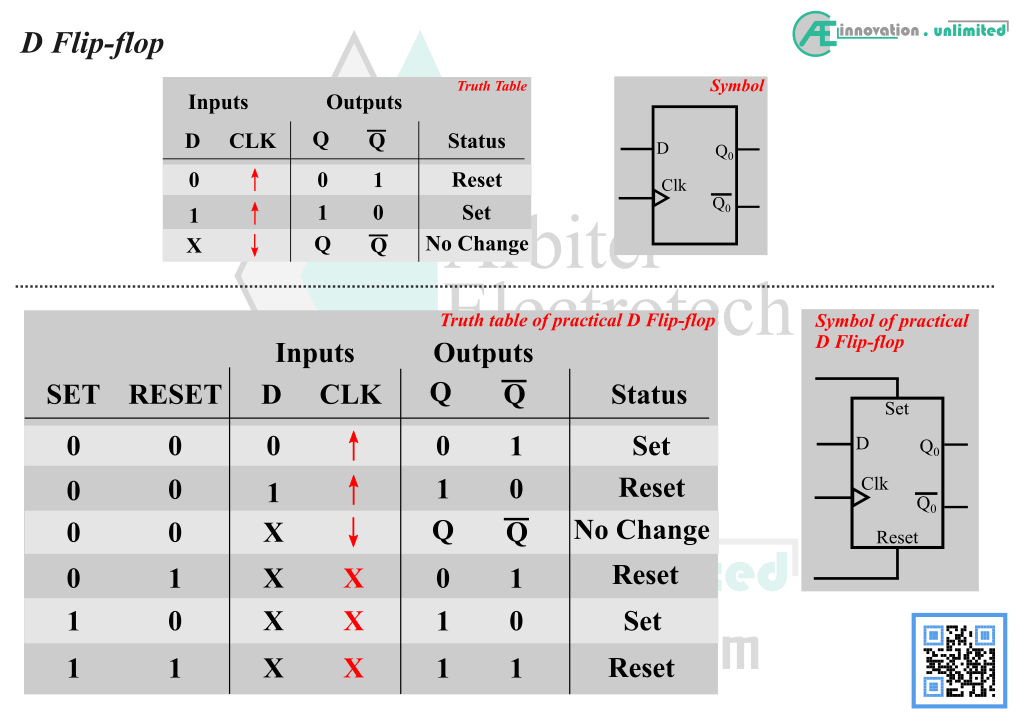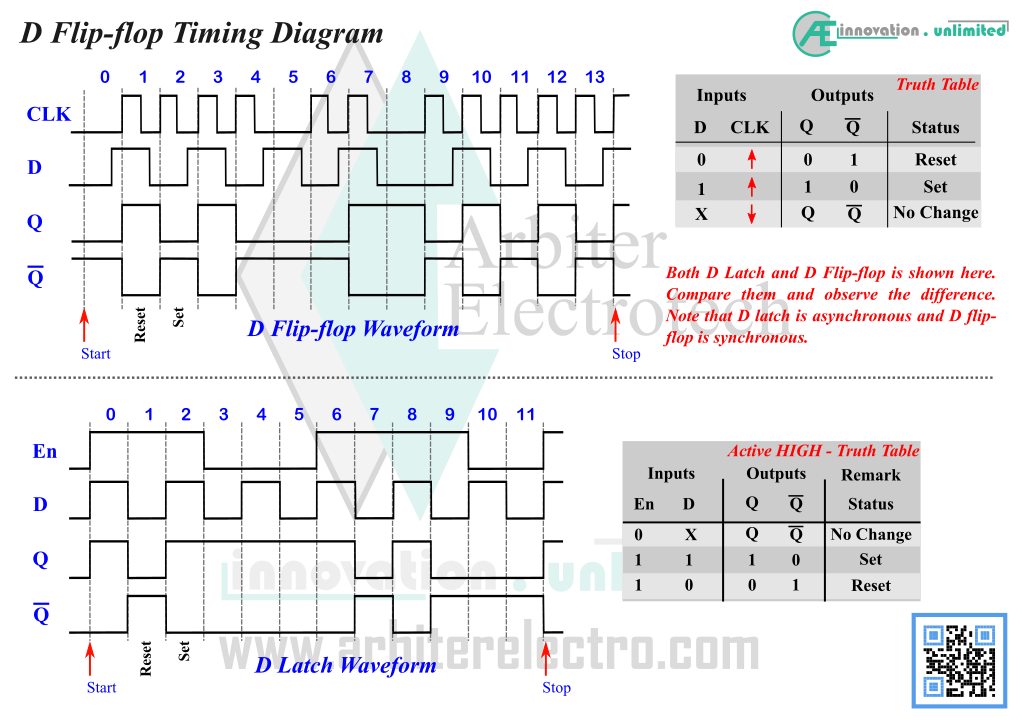Author:
H. Rahman
March 28, 2023

Author
The author H. Rahman is the founder of tech startup Arbiter Electrotech and the brain behind the Arbiter Electrotech technologies. He holds a BS.c degree in Electrical and Electronics Engineering and a MS.c in Electronics and Telecommunication Engineering. He is the creator of backbone tech of AE including "Arcon Interface". Although H Rahman is more inclined toward the practical usage of electronics technologies, he also enjoys academic research. Some parts of his proprietary technology has been published in both the IEEE & in the ACM and indexed by Scopus. If needed, please contact him via email at hrahman@arbiterelectro.com.



Leave a Reply